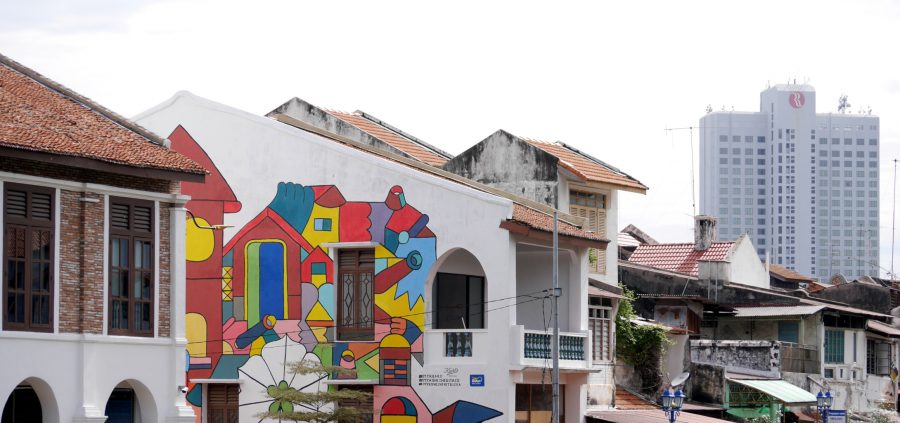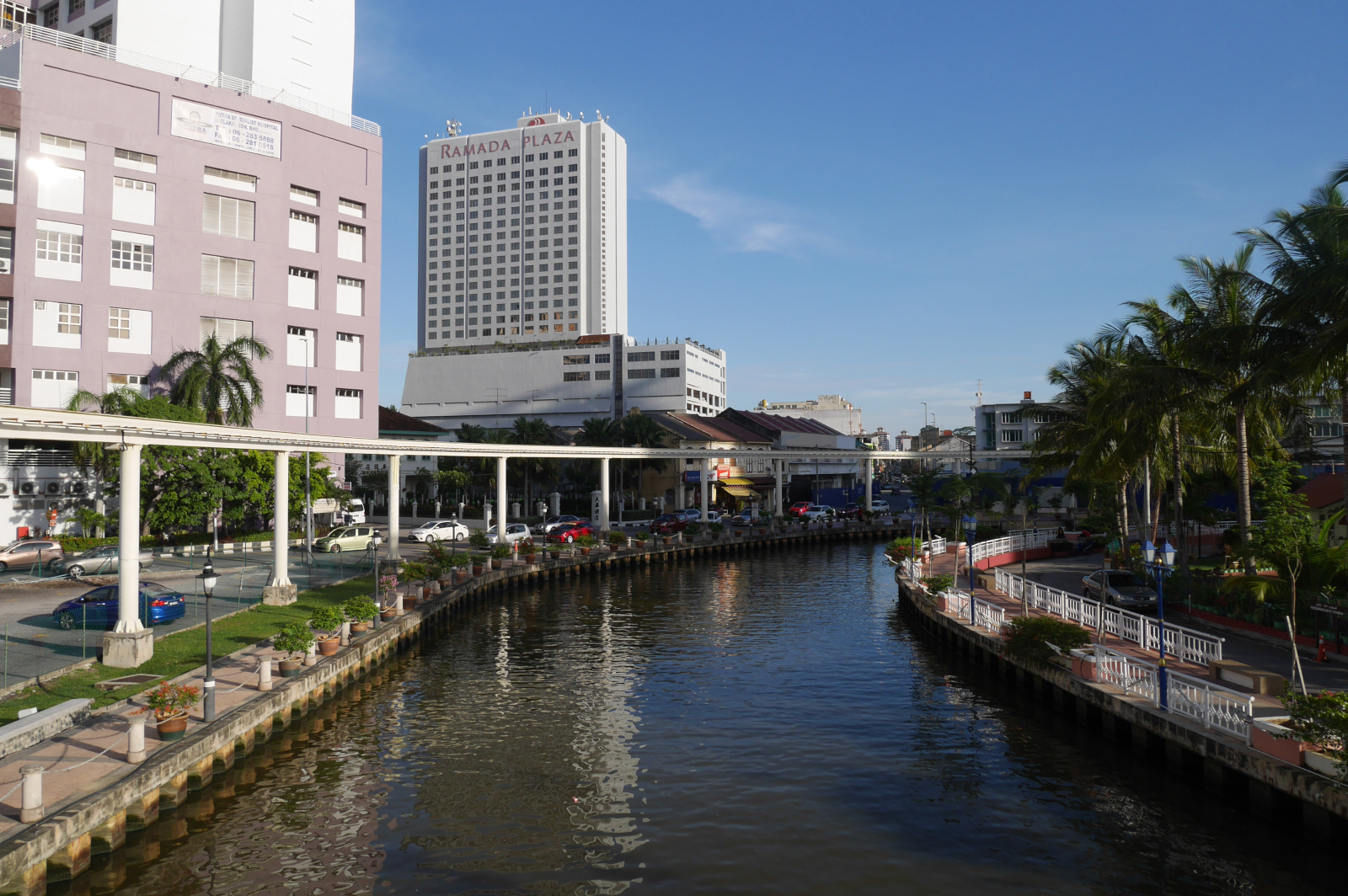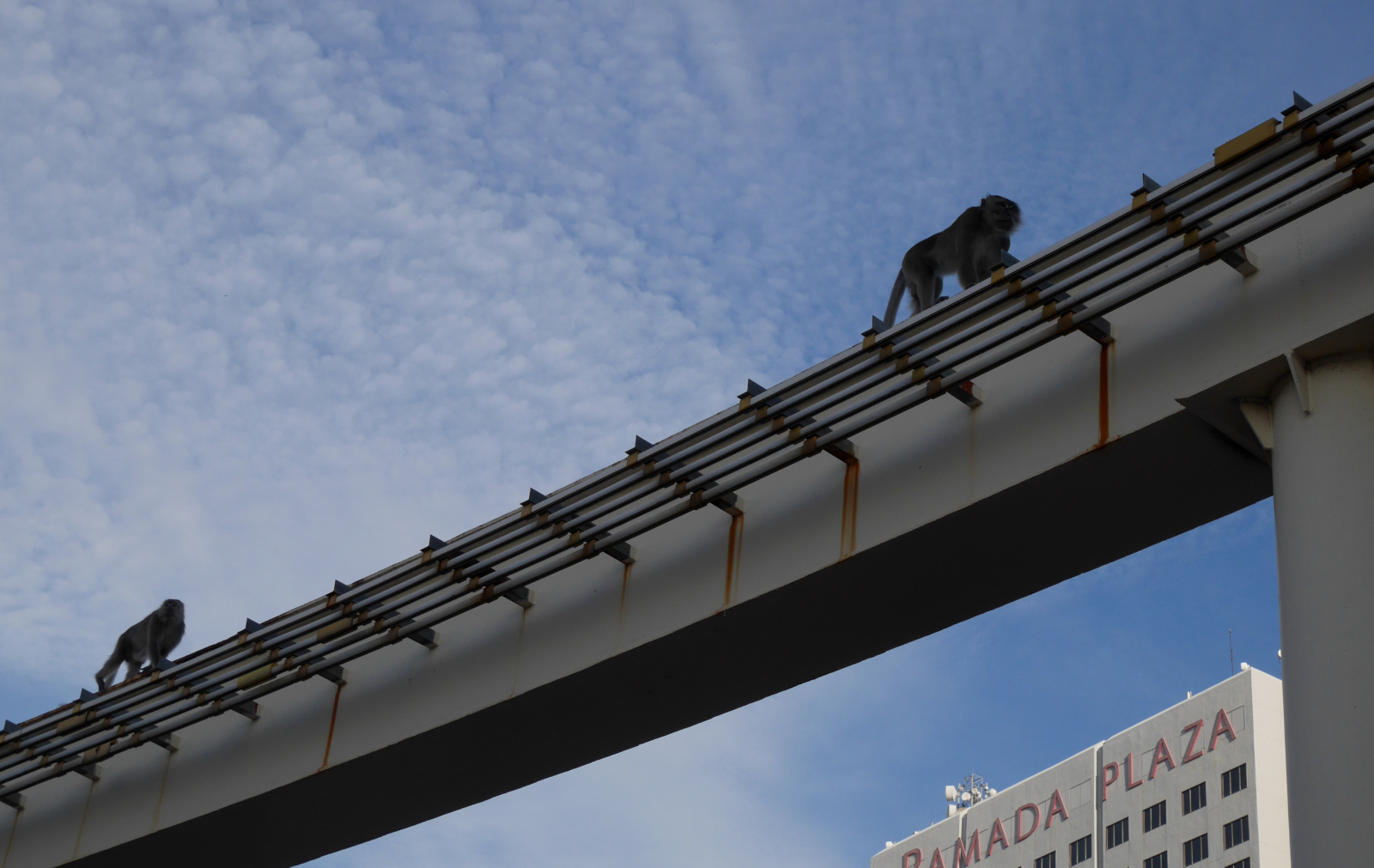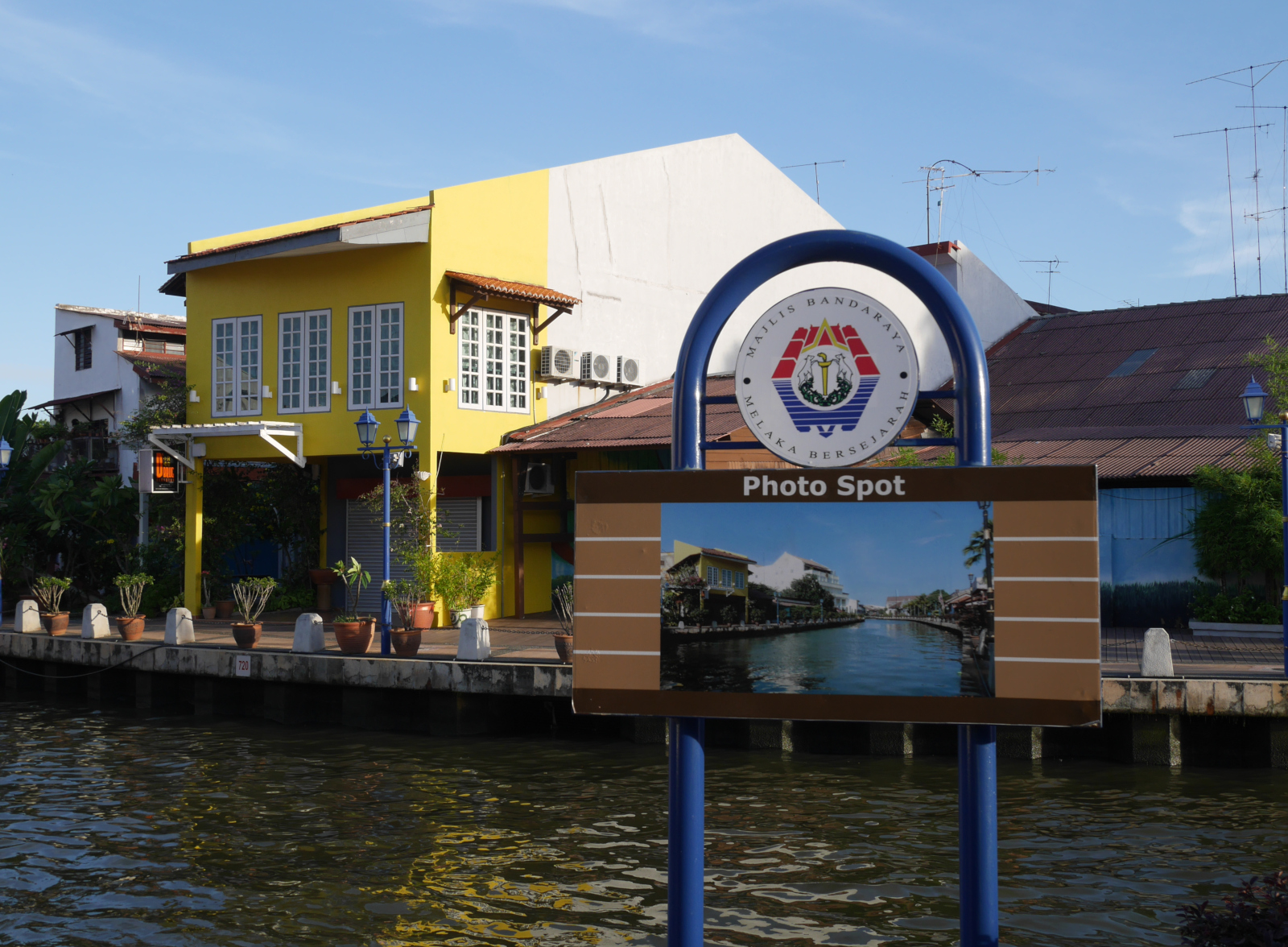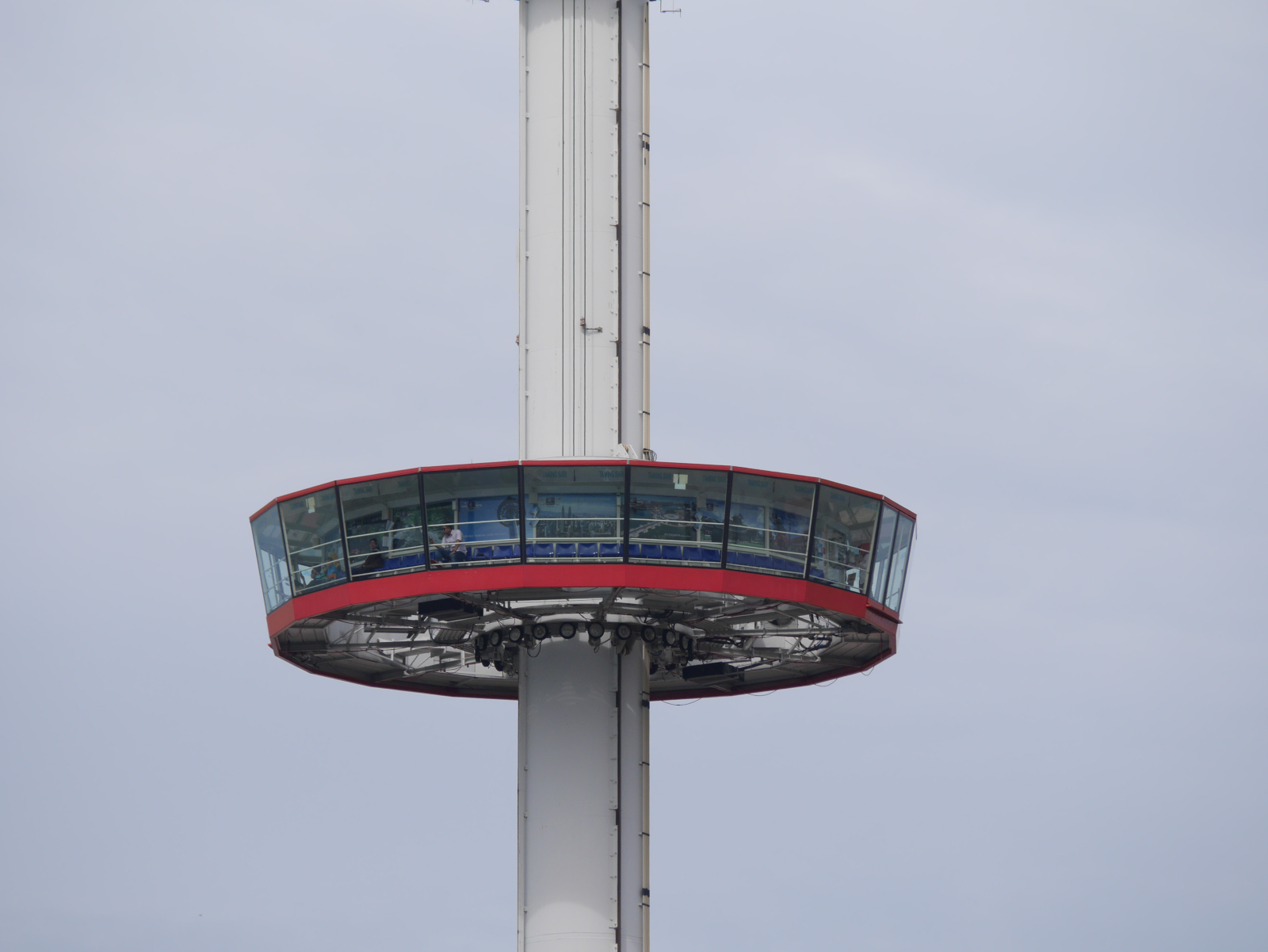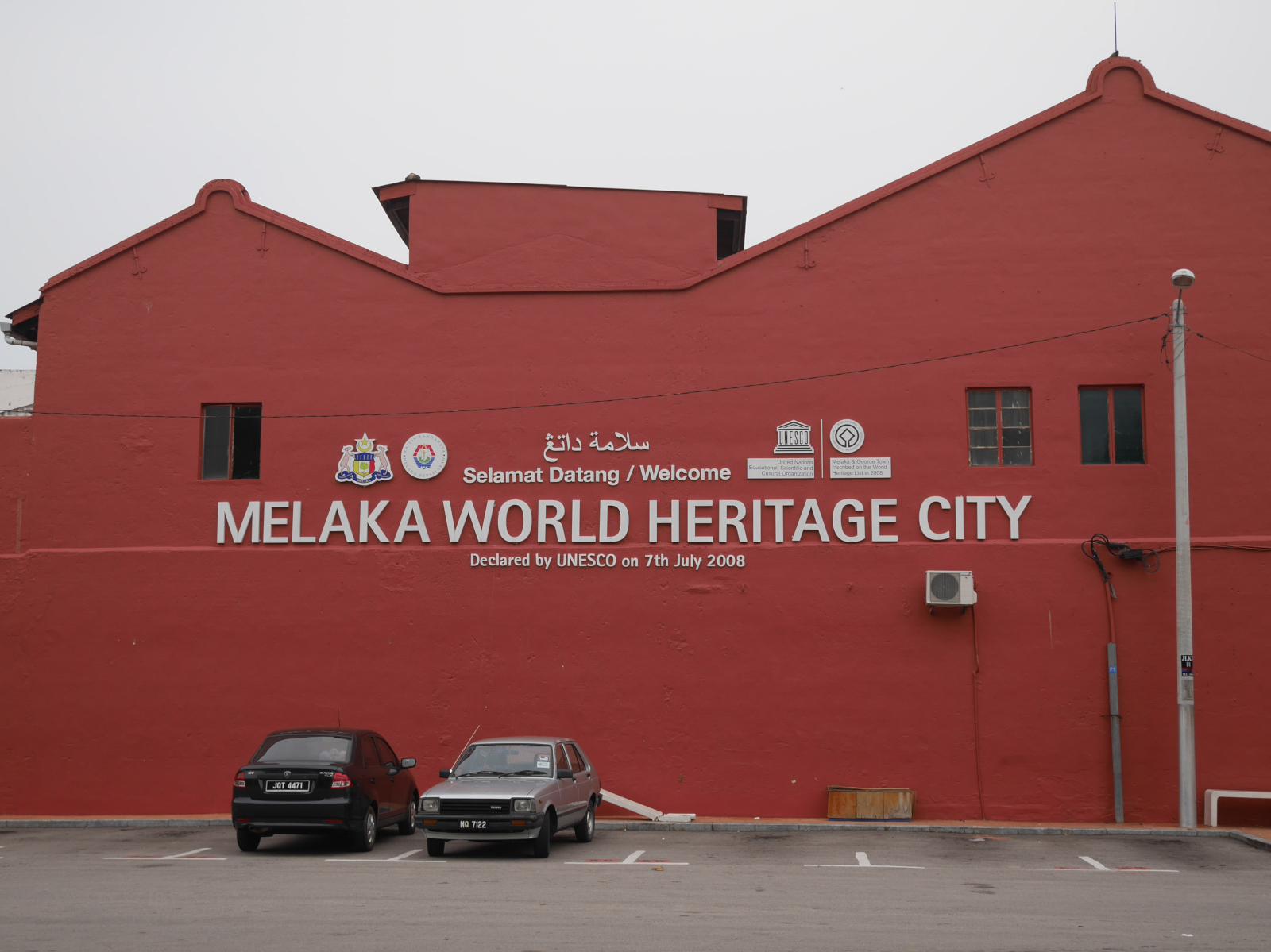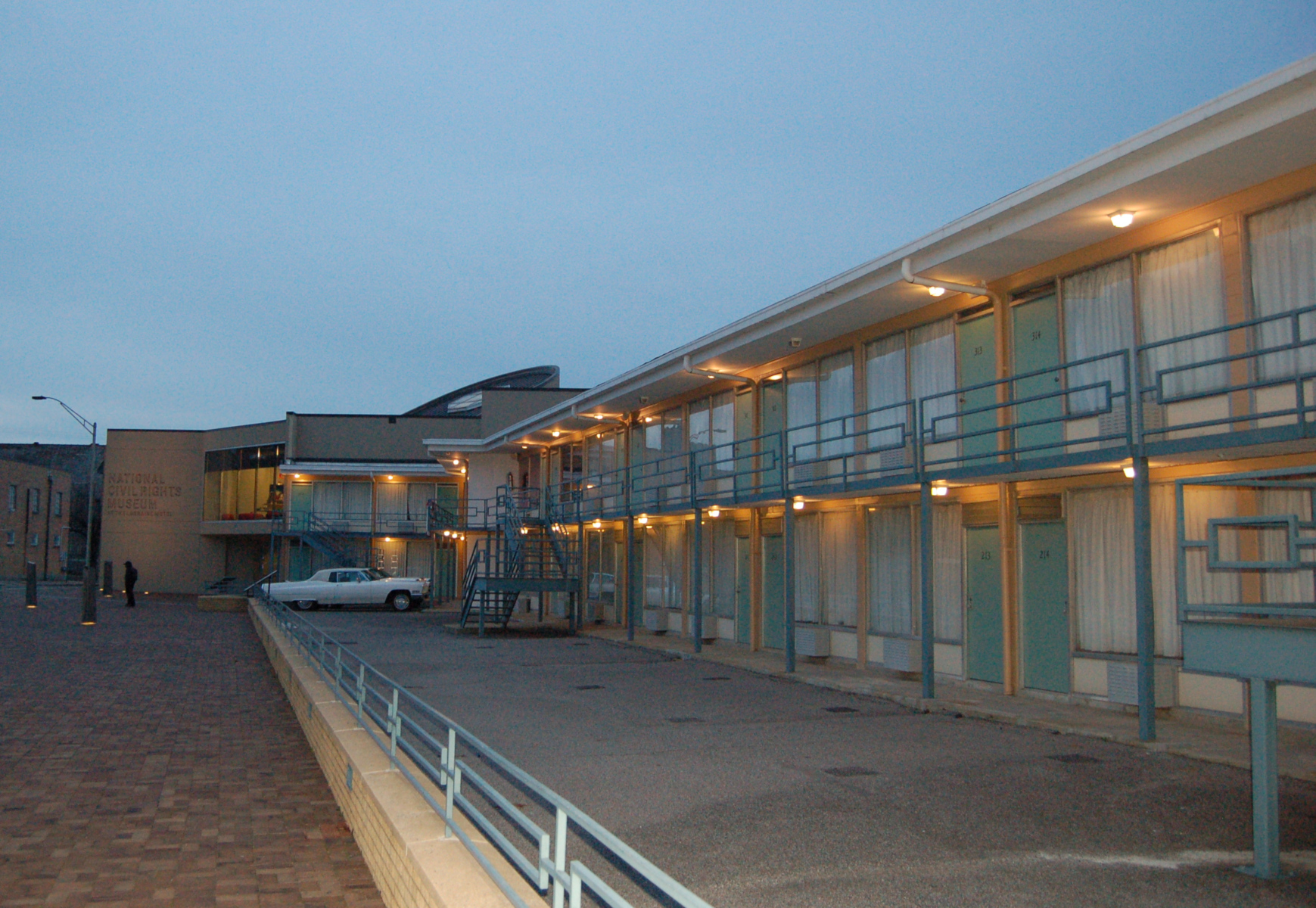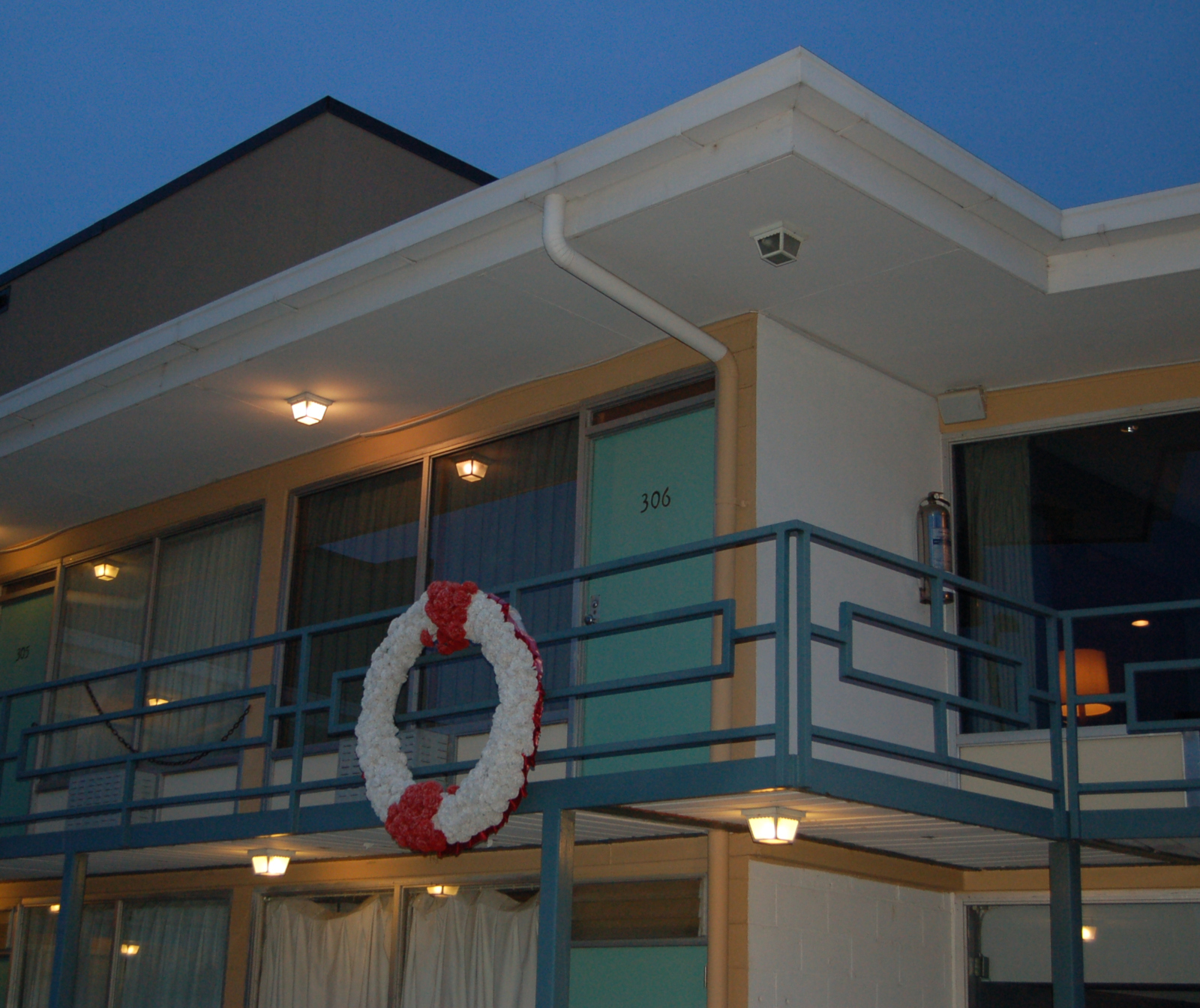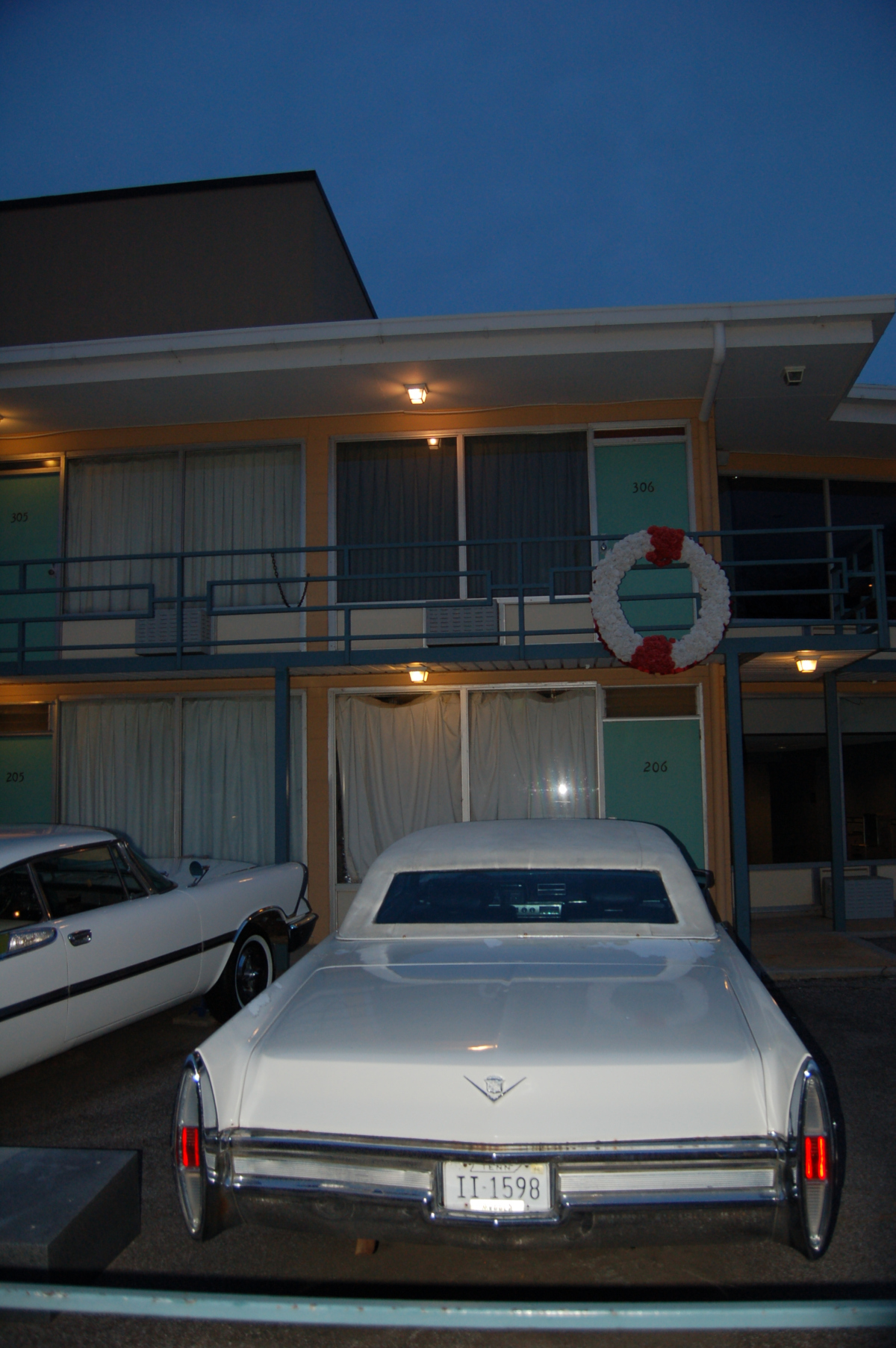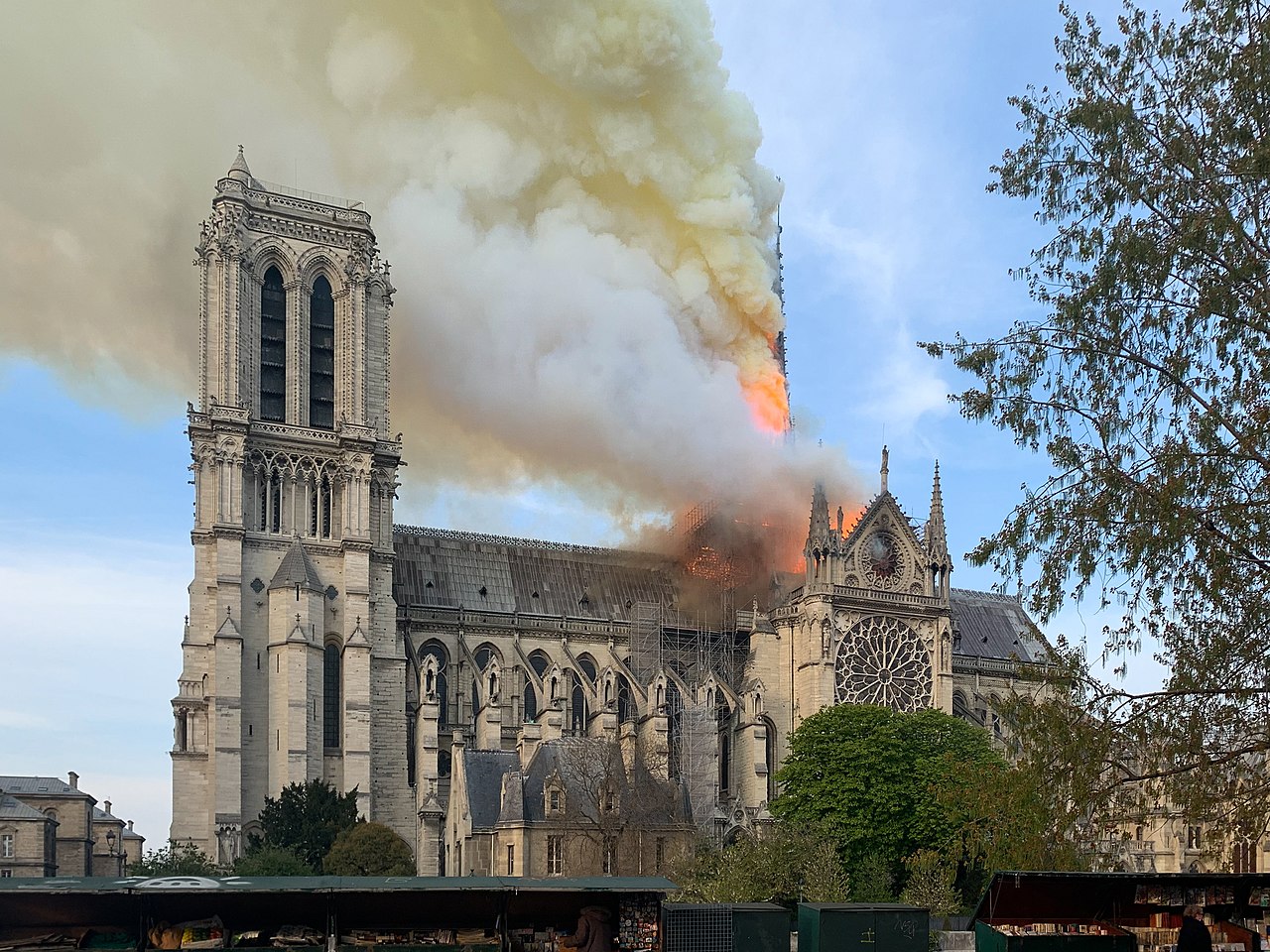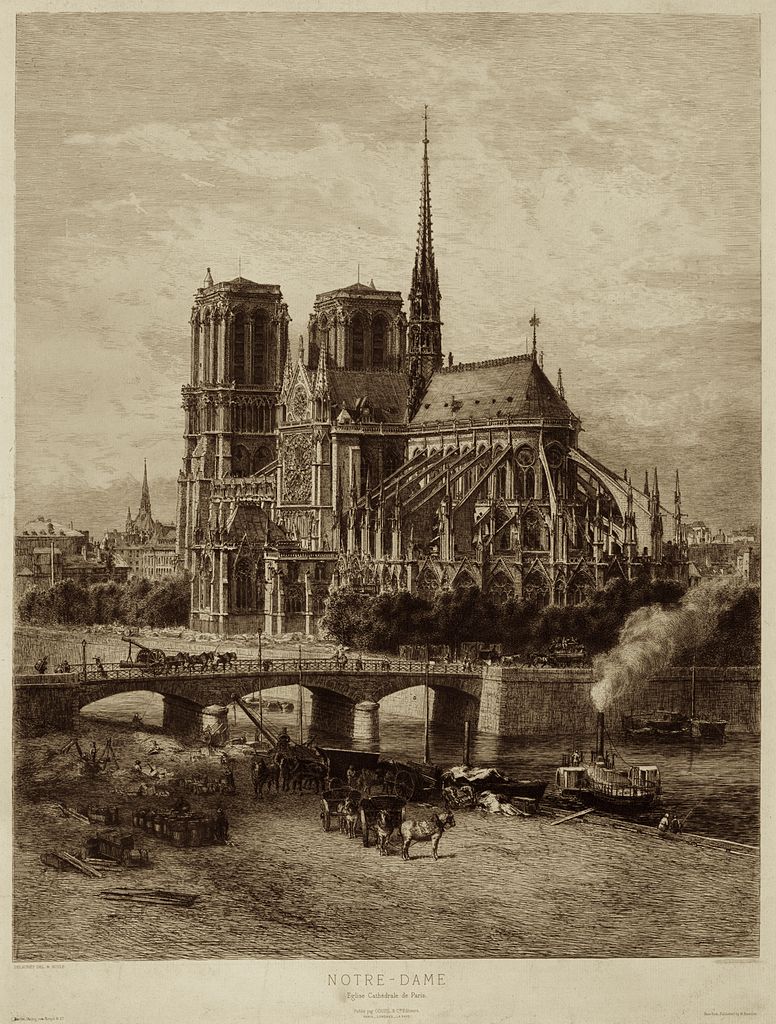The city of Malacca (alternately spelled Melaka) was, for hundreds of years, one of the most important cities of southeast Asia. Located near the southern end of the Malay Peninsula, in what is now Malaysia, the city faces the Straits of Malacca, the sea route from China to the Indian Ocean. In the early 15th century, a great fleet commanded by Ming Chinese admiral Zheng He passed this way several times. The rulers of the Sultanate of Malacca were some of the first southeast Asian rulers to convert to Islam. In the colonial period, the city was variously ruled by the Portuguese, Dutch, English, and Japanese, before the Federation of Malaya gained independence in 1957.
In more recent times, Malacca has declined in importance, being surpassed by Singapore to the south and Kuala Lumpur to the north. The city’s port was located in its river, but the river silted up and the site was in any event unsuitable for the large cranes needed for container-based shipping after World War II. More recently, the city has reinvented itself as a tourist destination. UNESCO declared the town center of Malacca a World Heritage Site in 2008 (a dual-listing with George Town to the north).
Malacca has been heavily developed for tourism. The town center has a nice hill with a ruined Portuguese church on top, but the developers felt that they also had to build an amusement park-style rotating tower ride nearby for some reason. Immediately adjacent to the historic town center is a giant shopping mall with a huge parking lot. To the north, a monorail runs in a loop along the riverfront. I have a feeling that the urban planning board of Malacca decided to build this particular attraction after watching the “Monorail Song” clip from The Simpsons episode “Marge vs. the Monorail.” (They should have watched the end of the episode.)
The monorail is emblematic of how touristy and over-commercialized Malacca has become. It isn’t tacky for the most part, but I don’t feel that the commercialization is respectful of the culture and heritage of this place. The heritage that is preserved has been over-preserved. The ruins of erstwhile empires in Malacca are too obviously stabilized. The graves of heroes of the Sultanate period have been covered with latex paint. A whole bastion of the city’s defenses has been reconstructed, but the interpretive signs act like it is the real thing. Overall, Malacca is so touristy that it feels more like a historical disneyland than one of southeast Asia’s great cities.

